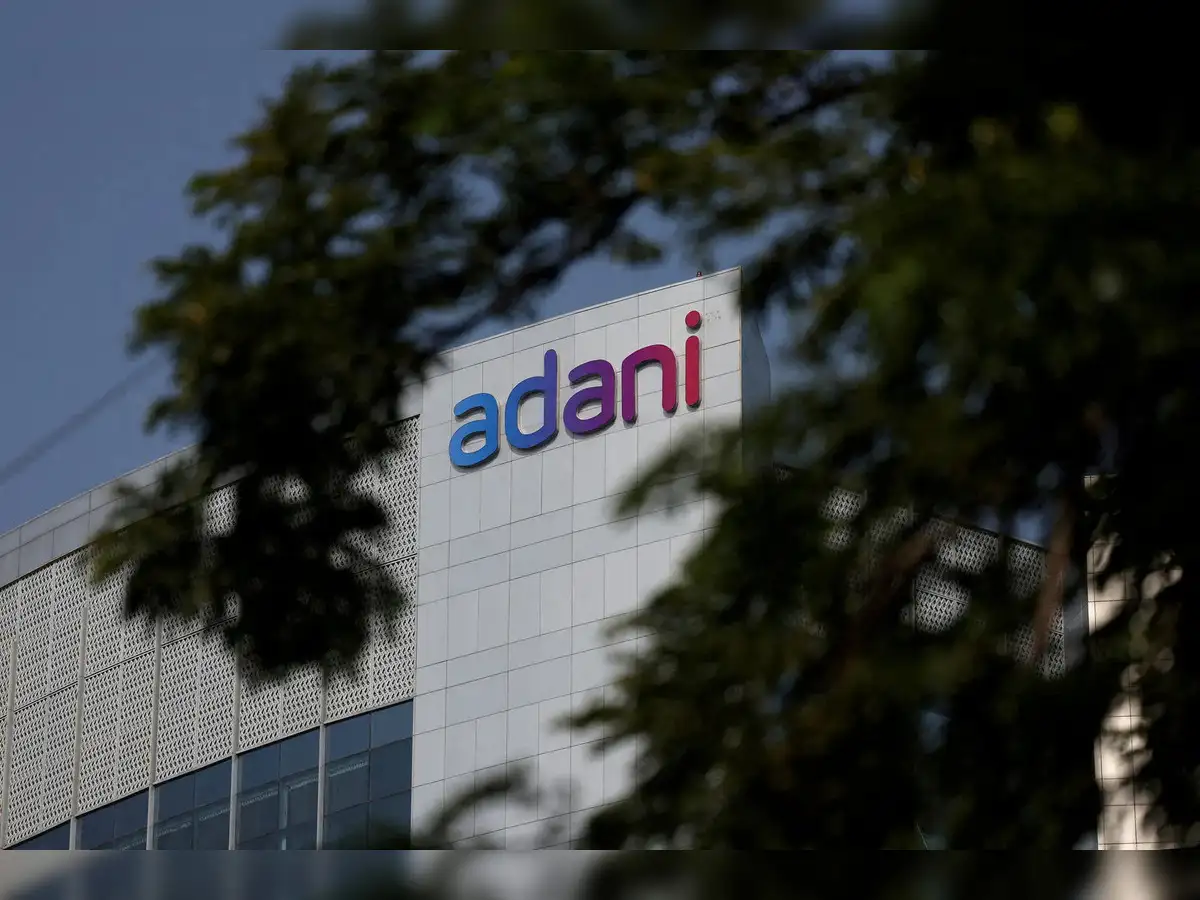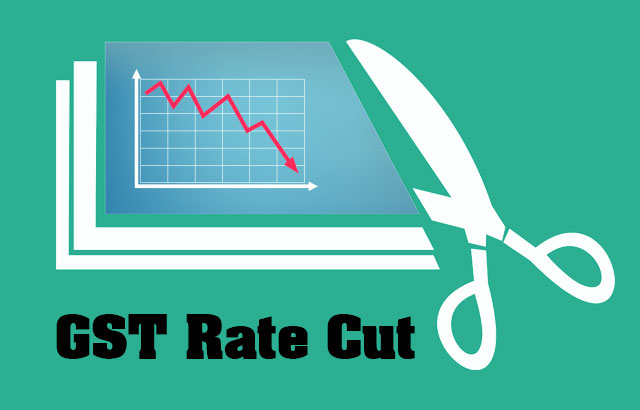In a move towards a more sustainable financial future, the Reserve Bank of India (RBI) has introduced a draft disclosure framework for climate-related financial risks (CRFs). This framework outlines specific requirements for regulated entities (REs), primarily banks, to disclose information regarding both risks and opportunities associated with climate change in their financial statements.
This article delves deeper into the framework, explaining its key aspects and potential implications for the Indian financial system.
The Growing Importance of Climate-Related Financial Risks
Climate change is no longer just an environmental concern; it poses a significant financial risk to various sectors, including the banking industry. These risks can manifest in various ways:
- Direct impacts: Rising sea levels, extreme weather events, and temperature changes can directly damage physical assets and infrastructure owned by banks or their clients, leading to financial losses.
- Transition risks: The shift towards a low-carbon economy can render assets in fossil fuel-reliant sectors “stranded,” potentially impacting the value of banks’ loans and investments.
- Liability risks: Banks might face legal liabilities due to financing activities linked to environmentally harmful projects.
Therefore, it is crucial for banks to develop robust strategies for managing CRFs, including:
- Identifying and assessing potential risks across various timeframes (short, medium, and long term)
- Evaluating the impact of these risks on bank operations, strategies, and financial planning
- Building resilience into existing strategies to withstand different climate scenarios
The Role of Disclosure in Mitigating CRFs
The RBI’s framework aims to enhance transparency and accountability within the financial system regarding CRFs. By mandating REs to disclose relevant information, the framework aims to:
- Facilitate early assessment and identification of CRFs and opportunities
- Promote market discipline by enabling informed decision-making by investors and stakeholders based on disclosed information
- Encourage REs to improve their climate risk management practices by establishing standardized reporting requirements
Who Needs to Comply with the Framework?
The RBI’s framework applies to a broad spectrum of financial institutions, including:
- All scheduled commercial banks (excluding local area banks, payments banks, and regional rural banks)
- All Tier-IV primary (urban) and cooperative banks (UCBs)
- All top and upper layer non-banking financial companies (NBFCs)
This broad scope ensures widespread adoption and standardized disclosure practices across a significant portion of the Indian financial system.
What Disclosures are Required?
The framework outlines specific information that REs are required to disclose:
- Identified climate-related risks and opportunities: This includes details on the types of risks and opportunities identified, their potential impact on the RE’s business, and chosen mitigation strategies.
- Impact of CRFs and opportunities on the business: REs must comprehensively assess and disclose the potential financial and non-financial impacts of climate-related factors on their operations, strategies, and financial planning.
- Resilience of the RE’s strategy: The framework encourages REs to demonstrate the resilience of their business strategies under various climate scenarios, showcasing their preparedness for potential future challenges.
By mandating these disclosures, the RBI aims to create a transparent and comprehensive picture of CRFs within the financial system. This information will be valuable for various stakeholders, including:
- Investors making informed investment decisions based on the risk profile of banks and NBFCs
- Regulators in assessing the overall climate risk exposure of the financial system
- Policymakers in designing effective policies to promote financial stability and a sustainable economy
Addressing the Need for Standardized Disclosure
The RBI emphasizes the importance of consistent and comparable disclosure practices across REs. Without such a framework, the potential financial risks associated with climate change could lead to:
- Mispricing of assets: Undervaluing or overvaluing assets due to inadequate information regarding CRFs.
- Misallocation of capital: Inefficient allocation of financial resources due to a lack of transparency about potential risks and opportunities.
The draft disclosure framework addresses these concerns by establishing a standardized approach to CRF disclosure, fostering transparency and facilitating informed decision-making within the financial system.
Conclusion: A Step Towards a Sustainable Future
The RBI’s initiative to introduce a draft disclosure framework for CRFs marks a significant step towards enhancing the resilience and sustainability of the Indian financial system. By encouraging transparency and accountability, the framework has the potential to:
- Mitigate potential financial risks associated with climate change
- Promote responsible financing practices that support a low-carbon transition
- Contribute to a more sustainable and environmentally conscious financial future




